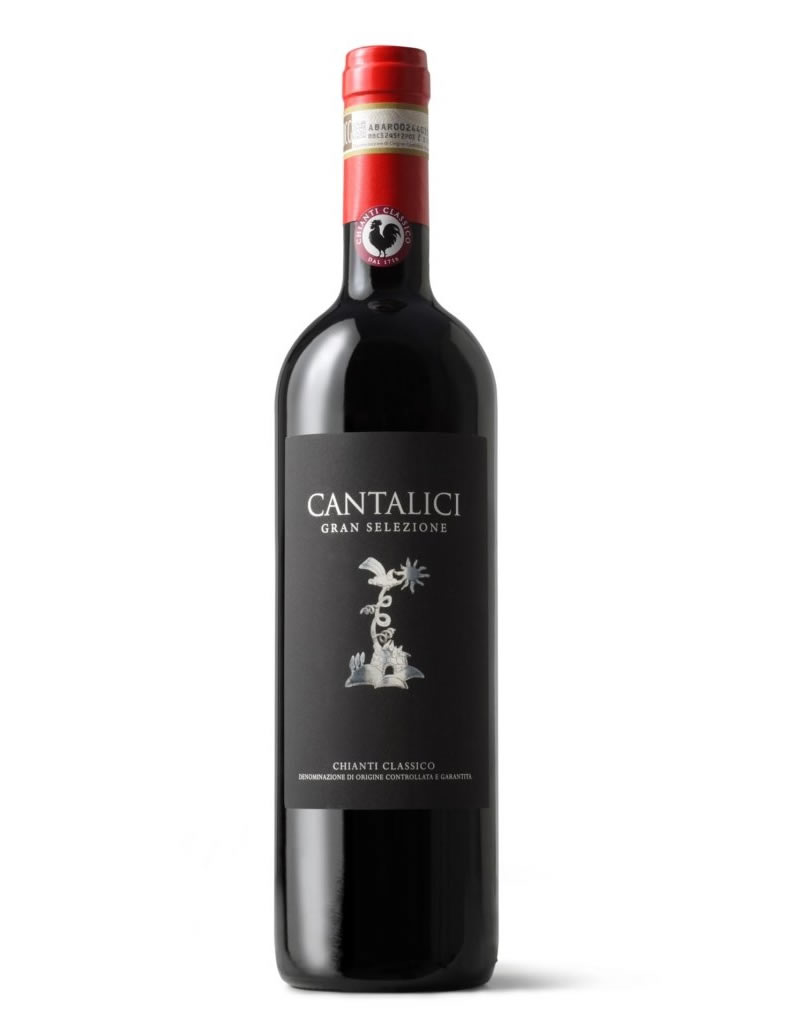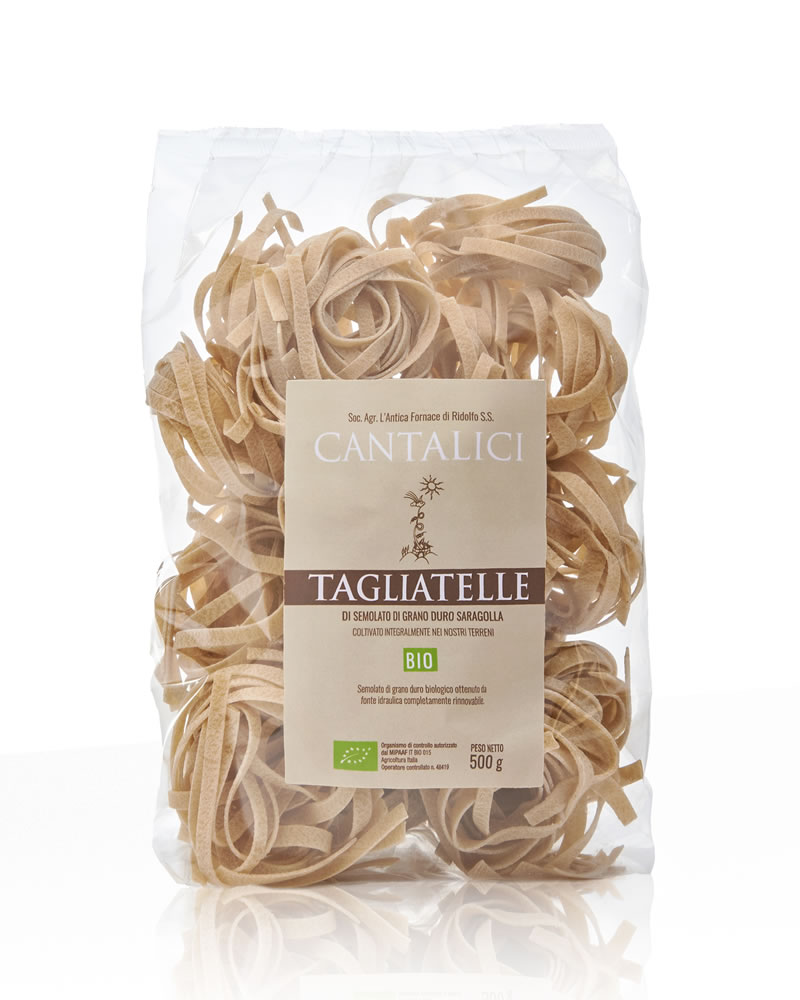Cantine Cantalici Shop Online
More products you may be interested...
Chianti Classico Baruffo - Reserve
An intense Chianti Classico Reserve, fragrant, soft and fresh. Excellent to be pairing with grilled meat and roasts.
€24
Chianti Classico DOCG Gran Selezione
Our Chianti Classico Gran Selezione has such an intense color: it wraps the palate and is fully persistent. To be pared to honor equally strong flavors.
€45
Temporarily out of stock
Tagliatelle Pasta
Medium tagliatelle made with ancient wheat Saragolla, they are suitable with any type of sauce, from the lightest to the densest, whether with fish, meat or vegetables.
€8
Temporarily out of stock
Spaghetti Pasta
Thick spaghetti made with ancient wheat Senatore Cappelli, they are suitable with creamy sauces of meat and fish (amatriciana or carbonara, cacio e pepe and with clams, mixed shellfish, etc...).
€8

SOCIETÀ AGRICOLA L'ANTICA FORNACE DI RIDOLFO SS
"PSR 2014-2020 - Measure 4.1.3 PID 2019. Participation in integrated planning by agricultural companies."
Transformation/marketing of agricultural products: Buildings for the conservation/storage of primary and/or processed agricultural products (Buildings and masonry works). Renovation of the roof covering of the building located in the Municipality of Gaiole in Chianti Sheet 34, part. 122 subordinate 8, for a surface area equal to 1922 m²
(portion highlighted in the project)
Investment made with financing FEASR - CUP ARTEA: 1014205 - CUP cipe: D52H22000190007
"PSR 2014-2020 - Measure 4.1.3 PID 2019. Participation in integrated planning by agricultural companies."
Transformation/marketing of agricultural products: Buildings for the conservation/storage of primary and/or processed agricultural products (Buildings and masonry works). Renovation of the roof covering of the building located in the Municipality of Gaiole in Chianti Sheet 34, part. 122 subordinate 8, for a surface area equal to 1922 m²
(portion highlighted in the project)
Investment made with financing FEASR - CUP ARTEA: 1014205 - CUP cipe: D52H22000190007

SOCIETÀ AGRICOLA L'ANTICA FORNACE DI RIDOLFO SS
"Measure 4.2.1 – GAL Siena – Investments in the transformation, marketing and/or development of agricultural products."
CELLAR MODERNATION: intervention carried out and co-financed with the contribution of the PSR 2014-2022 of the Tuscany Region - Measure 4.2.1. of the GAL Leader Siena
CUP ARTEA: 1245832 – CUP CIPE C55B24000230007
"Measure 4.2.1 – GAL Siena – Investments in the transformation, marketing and/or development of agricultural products."
CELLAR MODERNATION: intervention carried out and co-financed with the contribution of the PSR 2014-2022 of the Tuscany Region - Measure 4.2.1. of the GAL Leader Siena
CUP ARTEA: 1245832 – CUP CIPE C55B24000230007





